|
I’m going to let you in on a little secret about change.
Walking away from the things and people that drain your energy is one of the hardest things you can do. Ever. Even if that person or thing leaves you bruised and broken over and over again, making the decision to leave it behind and step towards a life that is more authentically you, is terrifying. Like leaves your palms sweaty, gives you a pit in your stomach, and sends your heart racing - terrifying. You begin to worry about all the people that won’t understand. You start a repetitive loop of all the “what if” scenarios. You decide that it’s just not worth it - change would be too hard. But, sweet reader, I promise you it IS worth it. All of the pain and fear and hard work of walking away from the life you know and walking towards the life you deserve is worth it. I hope that someday you find the courage to take the first step away from the hurt and turn your gaze to the horizon of possibility. A beautiful horizon of possibility - that’s what exists for you once you decide to take your future and your happiness into your own hands and go after the things you want. I promise you that there will be moments where you doubt your decision. There will be moments where you start to turn back towards the pain because the devil you know is greater than the devil you don’t know right? Remember this - there’s only one way to find out. You owe it to yourself in those moments to keep moving forward. Keep moving towards your goals and away from the painful past. Even when it’s hard. Even when it feels uncertain. And someday, hopefully in the not too distant future, you will take a deep breath in for just a moment and catch a glimpse of the life you used to know, a glimpse of the shell of the person you used to be, and you will smile. You will smile and notice that your heart is light, you are surrounded by true support, and you are on the right path - all because you believed you were worthy and took that first step towards change and possibility. (Follow Changing Perspectives on Facebook)
0 Comments
Have you ever felt like you can’t catch your breath, are wound-up or on edge?
Have you ever felt like your mind is racing and you can’t keep up? Do your thoughts about what you have to do consume you? Have you ever laid in bed awake and unable to fall asleep because you have so much on your mind? Have you ever realized that your shoulders and neck are so tense that they become painful? Have you ever felt like there is an elephant sitting on your chest making it difficult to breathe? Have you ever wanted to lock yourself in a room and hide from all the things that you have to do? Welcome to anxiety. It sucks. When your anxiety rears its ugly head, you might find yourself thinking things like “What’s wrong with me?” “Why can’t I just stop worrying?” “Why can’t I just be grateful for all the good things in my life?” You might find that you are starting to turn to some unhealthy coping tools such as cigarettes, alcohol, drugs and food. You might find that your anxiety is causing you to miss work, cancel social activities or even starting to impact your physical health. The good news is that you CAN learn some ways to manage your anxiety and prevent it from taking over our lives: 1. Let Go of Perfection Many people with anxiety have a belief that they need to be perfect. The perfect mother. The perfect friend. The perfect neighbor. The perfect employee. To you, a messy house is an indication of failure; a child with hair that is a bit overdue for a haircut means that you are a neglectful parent; leaving your trash barrels out until 6pm means that you are the worst neighbor ever; being 10 pounds overweight means that you are disgusting; asking your friend for help means that you are too needy. Stop. None of that is true. Your thoughts can become your own worst enemy. Stop trying to prove your worth. Stop trying to live up to people in your life that you think are perfect. Stop trying to be the best. Honestly, stop. What would happen if you tried to just do the best you can do right now? Maybe your best today is to feed your kids mac and cheese for dinner. Does that mean you are the worst mother? No. Maybe your best today is to throw your dirty clothes in the hamper rather than on the floor. Does that mean you are a lazy slob? No. Maybe tomorrow you can do more. Maybe not. Don’t beat yourself up. Cut “I should” out of your vocabulary. Accept yourself for who you are right now and focus on the good, not the bad 2. Rethink Social Media A quick word on all those perfect people on social media: most of them are fake. Their pictures were posed and reposed, edited and re-edited. Their posts have been rewritten and reworded. Their videos have been cut and redone. What you are seeing is the best version of them, not the real version. Resist the temptation to compare yourself. If there are people on your social media accounts who always seem to have it together and you find that their posts somehow leave you feeling worse about yourself, try hiding their posts for a bit. It’s ok to take a break. They don’t even need to know. 3. Make Room for Self Care In my experience, many of the people who struggle with anxiety are really wonderful caregivers – except when it comes to caring for themselves. They place everyone else’s needs above their own and by the end of the day, there is nothing left for them. That kind of behavior needs to stop if you are ever going to manage your anxiety. What are some things that make you feel good? Is it 15 minutes drinking coffee by yourself in the morning - no phone, no tv, no other people? Is it a long bath at the end of the day? Is it one night out a week with a friend? Is it some time with a good book at night for 20 minutes? Is it scrapbooking or photography or writing? What is it that fills you up a little bit? Once you figure out what it is, schedule some time, preferably daily, for that self care activity. Even 5 minutes each day would be wonderful! Hold that time sacred. Block it out and schedule things around it. Don’t allow yourself to feel badly about it. Self care is not selfish. 4. Relax A large part of learning to manage your anxiety is learning how to calm and quiet your thoughts. Many people have found activities such as yoga, meditation and mindfulness training to be effective at increasing their ability to quiet their mind. It’s not easy. You will likely find your first 5 sessions of yoga, meditation or mindfulness work will leave you feeling even more anxious because you will suddenly be extremely aware of just how fast your thoughts are moving. Stick with it. It will become easier and, with practice, you will be able to sit in silence without your mind racing. These are wonderful tools to have in your toolkit. 5. Get Moving Physical exercise can be extremely beneficial for those with anxiety. Exercise can be something as simple as a 10 minute walk each morning. Go at it with the goal of increasing physical activity and decreasing your anxiety. Resist the urge to set sizeable goals for yourself with regards to weight loss. You want to avoid opportunities for causing more anxiety in your life. Set yourself up for success. 6. Breathe So, what do you do when anxiety hits you full force and you can’t catch your breath? Being able to get control of your breathing again is key. There are two main techniques that I like to recommend to patients:
7. Watch Your Diet Take a few days and track everything you eat and drink. Also track any times of day where you may be feeling more anxious. Look for patterns. Caffeine can sometimes heighten your symptoms of anxiety. Perhaps it would be worthwhile for you to slowly decrease your caffeine consumption and/or limit your intake of sugar. Small and steady changes can make a big change over time. 8. Find a Counselor Perhaps I am biased because I am a counselor, but I tend to believe that everyone can benefit from a counselor or psychotherapist. I recently talked to someone who was hesitant to contact a counselor because they didn’t exactly know how to explain their concerns to the therapist. Don’t worry. A good therapist will help you articulate and identify your concerns and needs. They also can help you learn new coping and calming strategies and skills, can assist you with areas of stress in your life and can help you increase your overall quality of life. What if you see a therapist and don’t feel like you connect with them? Find another one! This is about you – not the therapist’s feelings. 9. Be Open to Medication I am not one to advocate skipping all of the previous steps and going straight to medication. However, panic attacks and chronic severe anxiety can feel terrifying. There are many medication options available today to help manage anxiety. These medications can be taken daily or taken as needed. Some of you may be thinking, “I don’t want to be snowed.” Or “I don’t want a tranquilizer.” Fear not. Medications are much more refined today than they were decades ago. If you feel you may want to explore medications for your anxiety, speak to your primary care physician or schedule a consult with a psychiatrist. (In general, I find that a psychiatrist tends to be a better option over a primary care physician for medications for depression and anxiety – it’s their specialty.) 10. Be Kind to Yourself This mantra seems to find its way into many of my articles. I cannot stress this concept enough to you. Be kind to yourself. Forgive yourself. Accept that you are not perfect. Accept that you are flawed. Accept that you are human. Surround yourself with people who allow you to be kind to yourself. Better yet, surround yourself with people who encourage you to be kind to yourself. With anxiety, some days are harder than others. In fact, some days just feel damn near impossible. Know that those days will pass and know that there are resources, supports and tools available to help you manage your anxiety. You don't have to fight this battle alone! adapted from: https://www.changingperspectivesonline.com/health/10-best-ways-to-manage-anxiety Anxiety is setting multiple alarms every day so that you are never late for anything but then being uncomfortable if you arrive too early.
Anxiety is working efficiently and being over productive but then crying in the shower because it’s all just too much. Anxiety is leaving text messages from friends unanswered because you overthink your response but then believing unanswered messages from friends must mean they don’t like you. Anxiety is being too exhausted to be awake but too exhausted to fall sleep. Anxiety is feeling like your brain never stops racing but being unsure how to sit in the silence. Anxiety is believing that you are not enough and then worrying that you are too much. Anxiety is something that has shaped part of your story. But... Anxiety is not something that defines you. Anxiety is not something to be ashamed of. Anxiety is not something you have to manage alone. Anxiety is not something to avoid talking about. You are more than anxiety. The other day I fell into a sinkhole. Again.
You know the kind of sinkhole I’m talking about - the metaphorical kind. The kind that opens up and drags you under, disrupting your life - usually without warning. This same stupid sinkhole has plagued me for years now. Each time it gets patched up, the fix only lasts for a short while before it becomes dangerous again. Over the years, I’ve learned a lot about the sinkhole. I’ve learned what causes sinkholes and how you can try to decrease your chances of encountering them. I’ve learned how to add supports and reinforcements to reduce the risk of falling into the sinkhole. I’ve learned to make the sinkhole more stable so that I could more safely move near it. I’ve learned how to calmly drag myself out of the sinkhole each time it swallows me whole. I’ve learned to minimize the toll the sinkhole has on my life. I’ve learned to normalize sinkholes - afterall, we all hit sinkholes sometimes. But, the other day I fell in it again. My reinforcements hadn’t worked, minimizing it hadn’t worked, normalizing it hadn’t worked. Nothing had worked. There I was again - inside the sinkhole. I was powerless and defeated - again. When people tried to help me out of the sinkhole, I yelled at them to go away, or I ignored them, or I begged for them to tell me it was ok to be a mess because I was back in the effing sinkhole again. And then my child fell in behind me. Of course he did. It was only a matter of time before this happened. Afterall, he’s watched me and this sinkhole for most of his life. If I couldn’t avoid it then how could I expect him to avoid it. That’s when it hit me. I needed to be done with this sinkhole. Like, completely done. I’ve tried everything to keep the sinkhole from being a looming force in my life. Everything except one thing. I have never decided to stop letting the sinkhole be in my life. I COULD make the one choice I hadn’t yet given myself permission to make. There are always other routes we can take to get where we need to go. Maybe those routes will take us longer to get where we are going. Maybe those routes won’t make sense to those people who have never fallen into the sinkhole or who can’t imagine that particular sinkhole being so bad. Maybe we’ll be judged harshly and criticized for my decision to take a new route. But, the truth in life is that there will always be criticism. There will always be people who don’t understand us. There will always be people who disagree with us. There will always be sinkholes. When the sinkholes become too big, too scary, and too damaging we CAN take away their power in our life. We CAN stop allowing them to dictate how our journey goes. We CAN stop allowing them to wreak havoc in our life. It was time to do it. So, together my child and I pulled ourselves out of the sinkhole and decided to drive away. One last time. We didn’t look back. Beep beep!
It’s your struggle bus captain checking in again. This week I am 4 weeks post surgery and when the doctor told me the hormones would be awful for up to 4-8 weeks, he wasn’t lying. Yesterday I had a mini panic attack because the football stadium seats felt too steep and I was afraid I would topple to my death. Then I cried because my freshman’s football coach sent a text for everyone to meet for dinner and it felt so nice to see something so normal. And then an hour later I was filled with so much rage that I wanted to find a total stranger that was trolling online and give her a piece of my mind. Seriously. Then I ate chocolate. And cried some more. And picked a fight with my husband. And cried about what a terrible person I am and how my face is full of acne. Whew! How many of you can relate to days like that? The truth is - days like this can happen to all of us - even without crazy hormones. Whenever we start to listen to all the negative thoughts in our head, it’s easy for all our good self-care practices to simply fade away. self-doubt inner criticism imposter syndrome guilt shame They really don’t do us any good. Ever. So, anyways, I’m here to say that sometimes some days and some weeks just don’t go the way you want them. It’s ok. Let yourself feel your feelings. Sometimes it’s really ok to cry and eat the chocolate and fantasize about what you want to say to the internet trolls. But then take time to center yourself. Reset. Remember who you are at your core. Keep moving forward because you deserve the life you want. And on the really hard days, don’t forget to pick your head up and look around. You aren’t the only one on the struggle bus. There’s lots of us here with you - reach out when you need support. Beep beep! See Less As a therapist, I talk with patients every day about developing coping tools and strategies to help them better manage anxiety. Things like deep breathing, challenging faulty thinking, and building self care strategies are often what we focus on in sessions but there are some products that are widely available via online in in person retailers that people should also consider adding to their anxiety tool kit. Here are 7 must-haves* for anyone with anxiety and since each of these tools has a variety of options and price point, you can totally individualize each option! 1. Weighted Blanket Are you someone who likes a good hug or snuggling up under a warm blanket? Do you feel better when you can sit somewhere that makes you feel safe and secure? A weighted blanket provides all of those physical sensations. I first used weighted blankets over 25 years ago when I worked with children who had sensory processing difficulty. The blankets were heavier than your normal blanket and would help calm them and make them feel safe. I soon learned that they also worked for me, giving me an instant feeling of calmness even from holding the blanket on my lap. Today, weighted blankets are available in a variety of sizes from lap blankets to king size blankets and in a wide variety of weights. I promise you, a weighted blanket will quickly become your favorite item to turn to when feeling anxious and overwhelmed. 2. Essential Oils I use essential oils all the time in my home and in my office. When it comes to anxiety relief, there are essential oil blends specifically formulated to reduce stress, improve relaxation, and help you to calm your mind. You can use some of these oils topically (mix them with a carrier oil first such as almond oil) or even ingested. I prefer to diffuse a few drops of them in an essential oil diffuser. Just a few drops will help to ease any stress and anxiety you or your family may be feeling and it will leave the air smelling fresh! 3. Workbooks and Journals If you are self-motivated, workbooks and journals can be a great tool to use to help you gain insight into the root causes of your anxiety. You can set some time aside each morning or evening to review a section and complete some of the worksheets included. Although not a replacement for one on one counseling, workbooks and journals like the ones below can be an excellent way to help you start to gain control of your anxious feelings. 4. Zen Garden If you have ever seen these tabletop Zen Gardens, you know how calming it can be to allow yourself to do nothing but rake the sand and lay out the decorative rocks. Adding one of these to your desk at work or to a tablespace at home will provide you with a daily reminder to slow down and breathe. 5. At Home Fitness One of the most effective ways to combat anxiety is to find a way to release some of the pent-up anxious energy. Exercise is a perfect way to do this. If you don’t have time or the funds to go to a gym, there are lots of ways that you can work out right in your own home. Cardio has a lot of benefits when it comes to anxiety management so a simple home exercise machine like a rower or a stationary bike can be a good addition to your routine. You can get one delivered to your door for less than $250. That’s a small price to pay for some anxiety relief coupled with physical fitness. 6. Grown Up Coloring Books There is something very calming and relaxing about coloring an intricately designed picture. I’m not talking about cartoon character coloring books like we had when we were young. These coloring book options for adults are meant to take some time and are even more enjoyable when done with a set of good quality thin tip markers or colored pencils. This is an activity you can do with others too. So, grab a few friends, put out some refreshments and get your coloring on! Watch as your anxiety starts to drift away. 7. Bath Bombs You either are a bath person or you’ve never actually had a good bath. A nice hot bath at the end of a long day can be a great way to quiet your mind and increase your relaxation. Bath bombs can make the experience even more beneficial by adding some calming fragrance and skin softening properties to the water. Don’t like bath bombs? Try bath salts or take a bubble bath. No matter how you prefer your bath, make some time to pause from your daily hustle to slow down and relax.
Wouldn’t it be great to feel like you have a bit of a better handle on your anxiety? Can you imagine your life without the weight of anxiety always looming over it? Isn’t it time to add to your anxiety management tool kit? Go ahead and invest in yourself! *Some of these links are considered “affiliate links,” meaning if you click through these links to make a purchase, I might earn a small commission. Keep in mind that I link these companies and these products because of their quality and not because of the commission I receive from your purchases. All of these are products that I have used personally or professionally and many have also been successfully used by my clients and colleagues. “You’re one of the strongest moms I know. If you can’t do it, I can’t either.”
My friend’s words jumped out of the text at me, hitting me right in the gut. That negative voice in my head, always lurking just beneath the surface, was quick to question her view of me. How could it be that someone sees me as strong when lately all I feel is weak, a growing sense that I am a failure, and the notion that I am shrinking away from everyone? Originally published on Her View From Home. Click HERE for full article. Sometimes you will be too much for people.
Sometimes you won’t be enough. Sometimes they will find you too sensitive Sometimes they’ll say you are too insensitive. Sometimes you will make decisions that hurt others. Sometimes the decisions of others will hurt you. Sometimes you will be lonely. Sometimes you will wish for solitude. Sometimes you will feel like all eyes are on you. Sometimes you will feel invisible. Sometimes the people you need to cheer you on won’t be there. Sometimes people around you will shout things that aren’t true. Sometimes you will feel too focused on a goal. Sometimes you will feel lost and directionless. Sometimes you will lie awake at night unable to find sleep. Sometimes you will crawl under the covers, afraid to face the world. Sometimes. Not all the time. Sometimes you will feel valued, seen, and appreciated, despite your flawed parts. Sometimes you will find your confidence, support, and direction. Sometimes you will be at peace and rest easily at night. Through all the sometimes, there will be constants to hold on to. You matter. Your life has meaning. You are not alone. Tomorrow is always a new day. Sometimes you just need to hold on. Sometimes the darkness sets in.
Like many people right now, I am emotionally spent. Empty. Exhausted. Broken. My thoughts are cloudy. My creativity is stunted. My attention span is non existent. The arguing and tension and constant back and forth of the past week has completely drained me. The anger, hatred, mistrust, and insults have deflated my hope. I could feel the darkness coming this time and I tried hard to make it stop. I decorated my house for the holidays to usher in some cheer. I rearranged my living room to give a refresh to my surroundings. I limited social media. I firmed up my boundaries with people that drain me. I spent time being with and talking to people I love. I clung to anything that felt remotely like hope. But the darkness still came. I opened my eye this morning and felt it - the crushing weight of depression and anxiety. The air was thick with it. So, I stopped fighting it. This morning I let the tears come. I moved some of my “to do” items to later this week. I gave myself permission to be gentle with myself. I leaned in to the things I can control. Although I feel the weight of the darkness, I will show up today for the people who need me. I will be kind to myself. I will keep looking for signs of hope and cling to them tightly. I will continue to try to spread lightness, even in times of darkness. I will celebrate the little things. For those of you feeling it all too, remember that you are not alone. This hard time will pass. Brighter days are ahead. They have to be. Hey you out there, the woman holding back who she really is, stop.
It’s ok to step into your light. It’s ok to show up and be yourself. It’s ok to finally figure out who your real people are. It’s ok to want more, ask for more, need more. It’s ok to be the person you really are. It’s ok to ask for help. It’s ok to break a little, feel lost, and struggle with the next steps. It’s ok to make changes in your life. It’s ok to be vulnerable. It’s ok to acknowledge that life is sometimes really freaking hard. It’s ok to be 100% you. It’s ok to be proud of yourself. It’s ok to be happy. It’s ok to be ok. |
Mental healthNow, more than ever, we all need a little support to help get us through the rough spots. With all the pressures of life, it can be a challenge to find time to not only take care of yourself but also to truly understand who you even are anymore. Archives
July 2023
Categories
All
|
Sign Up For the Changing Perspectives Newsletter
Changing Perspectives with Jenni Brennan is supported by its audience.
When you purchase through links on this site, an affiliate commission may be earned. Learn More.
When you purchase through links on this site, an affiliate commission may be earned. Learn More.
Changing Perspectives Copyright © 2023
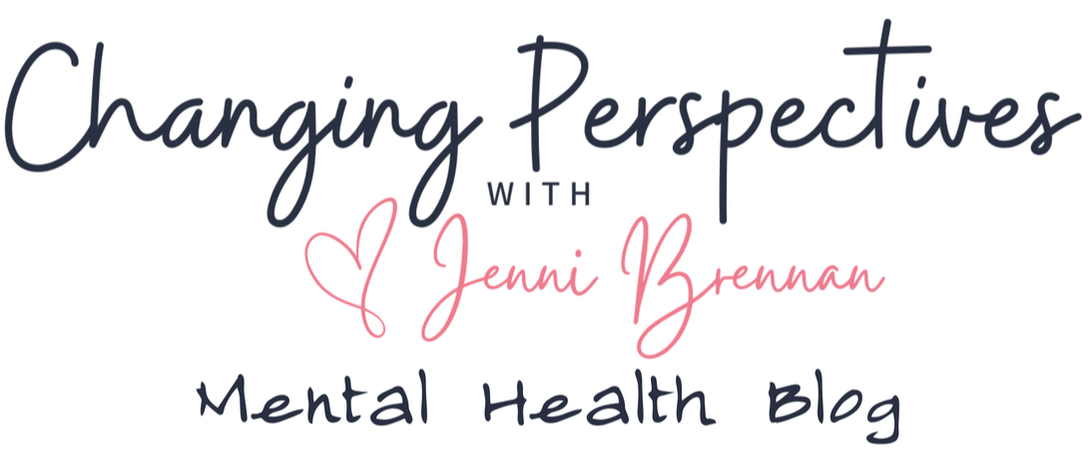





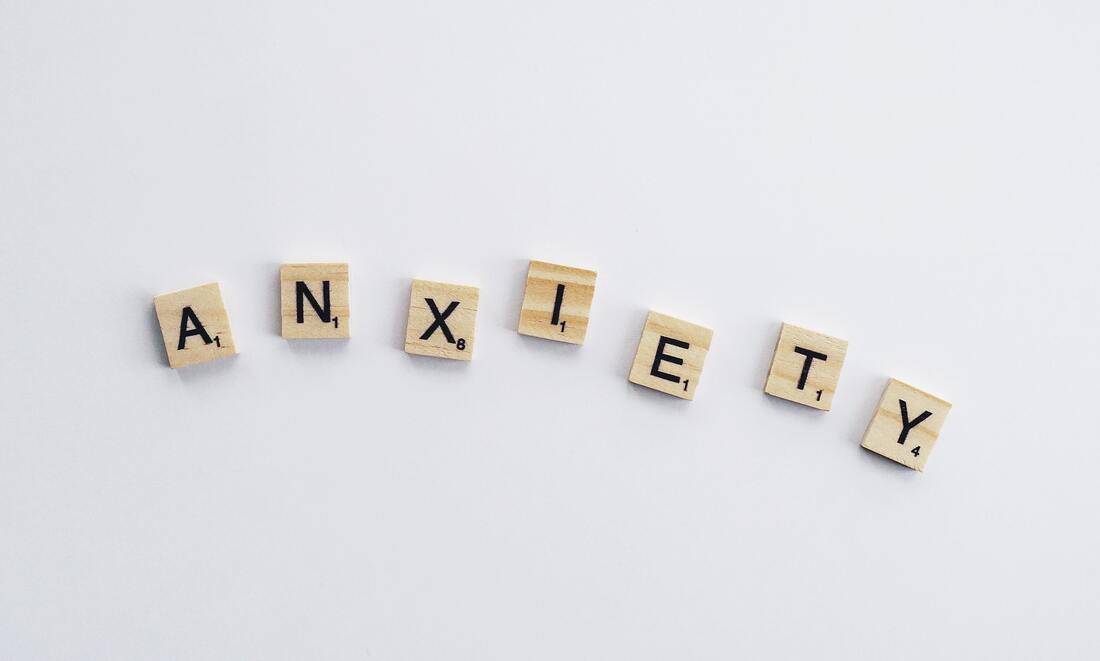

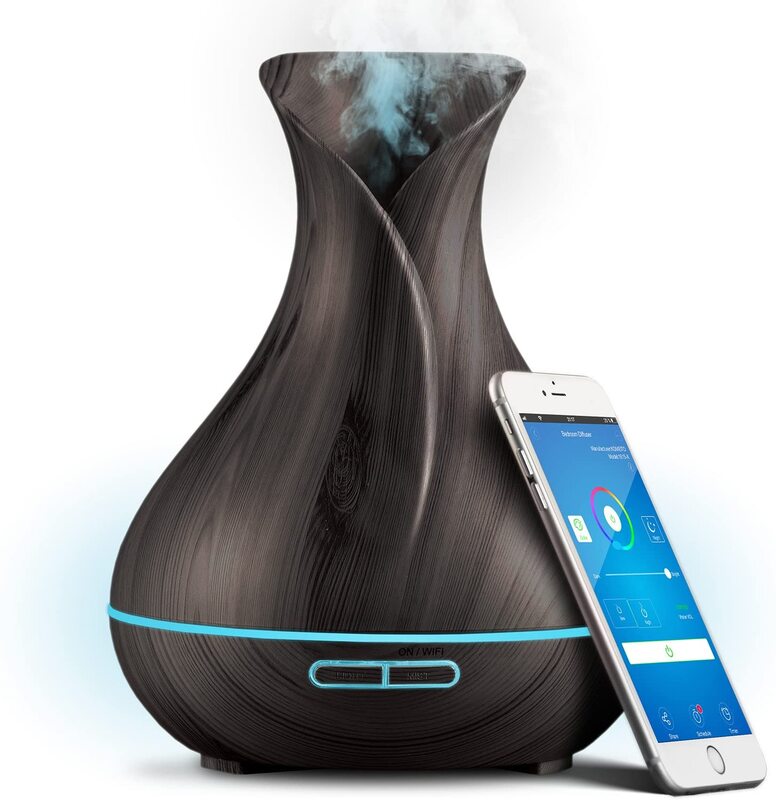
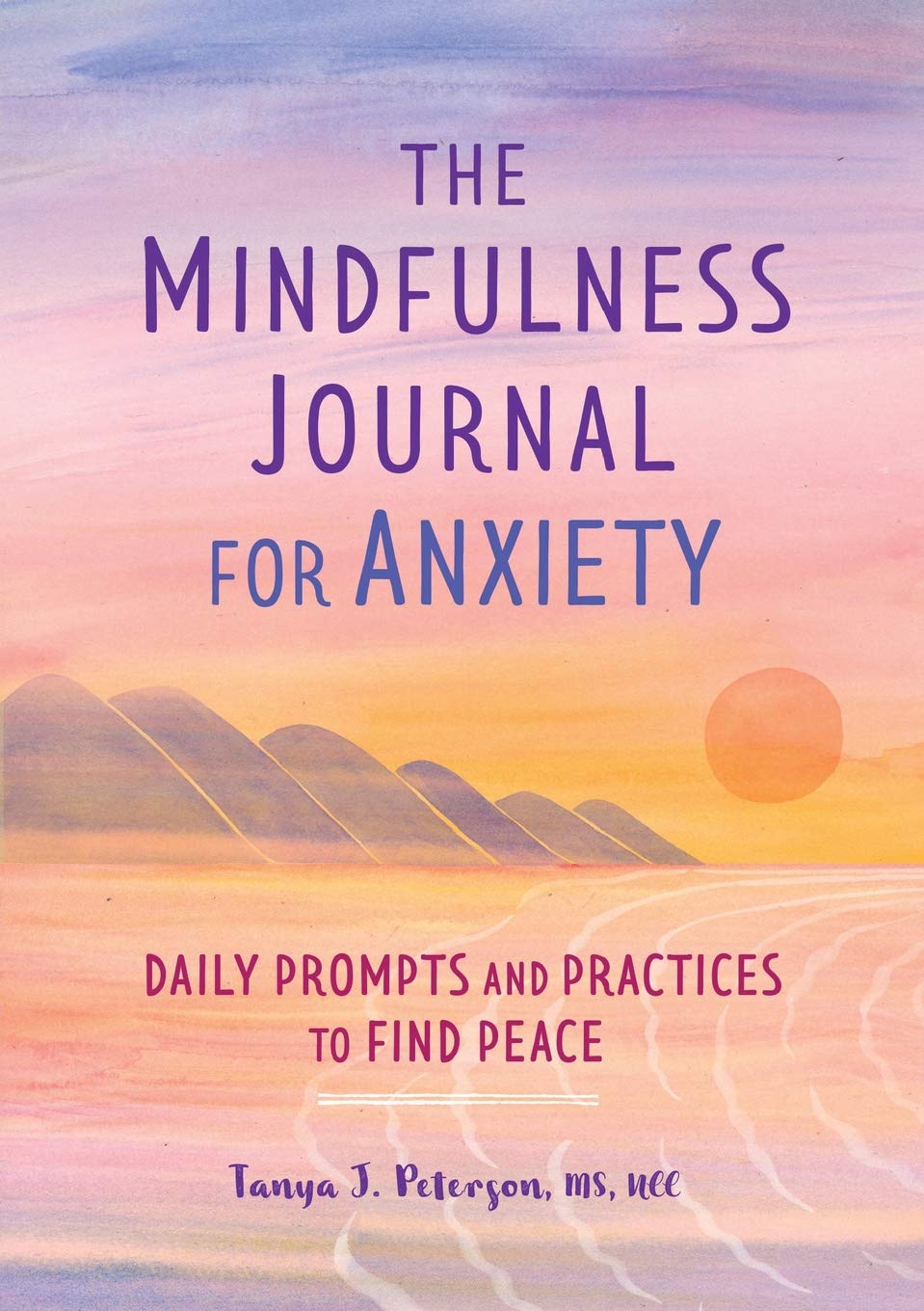
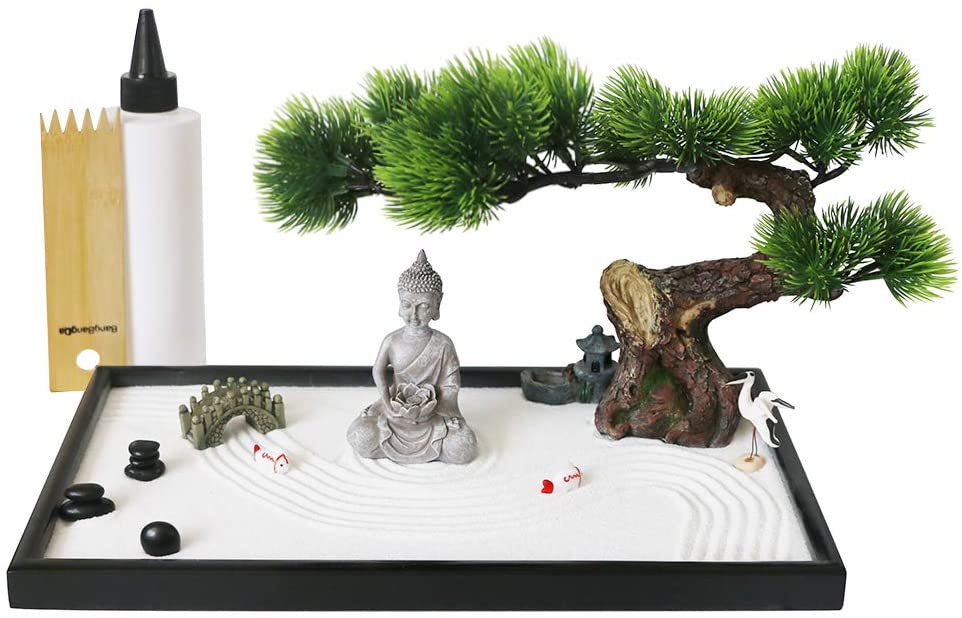
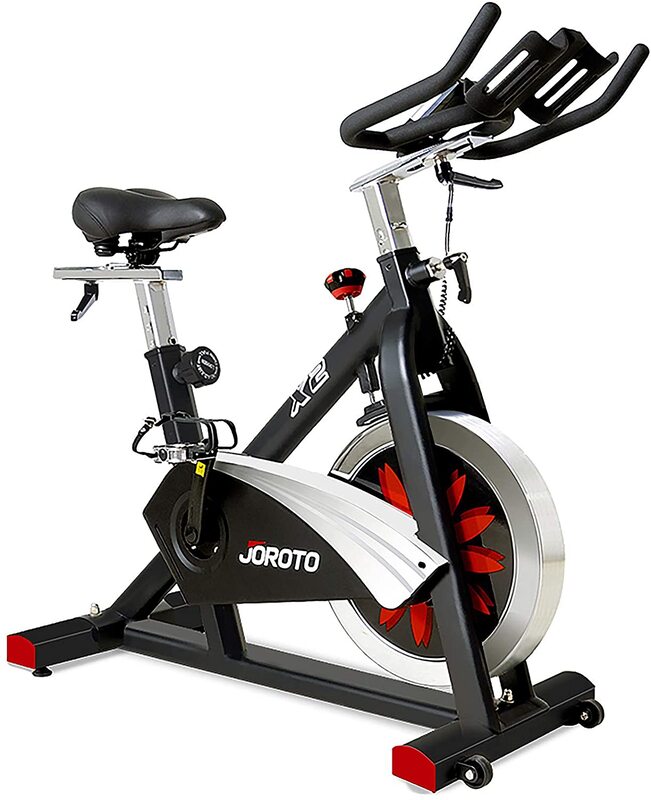




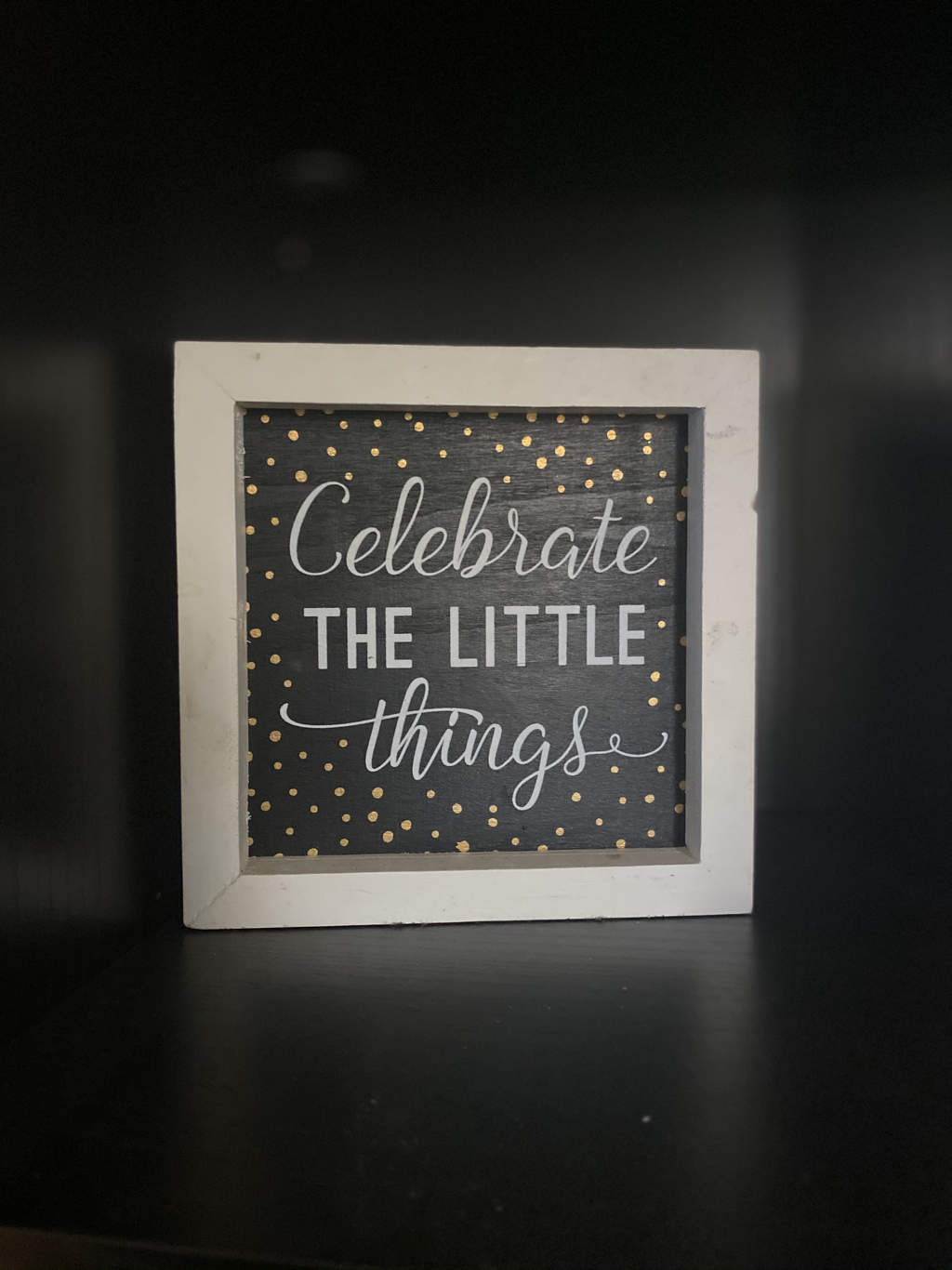
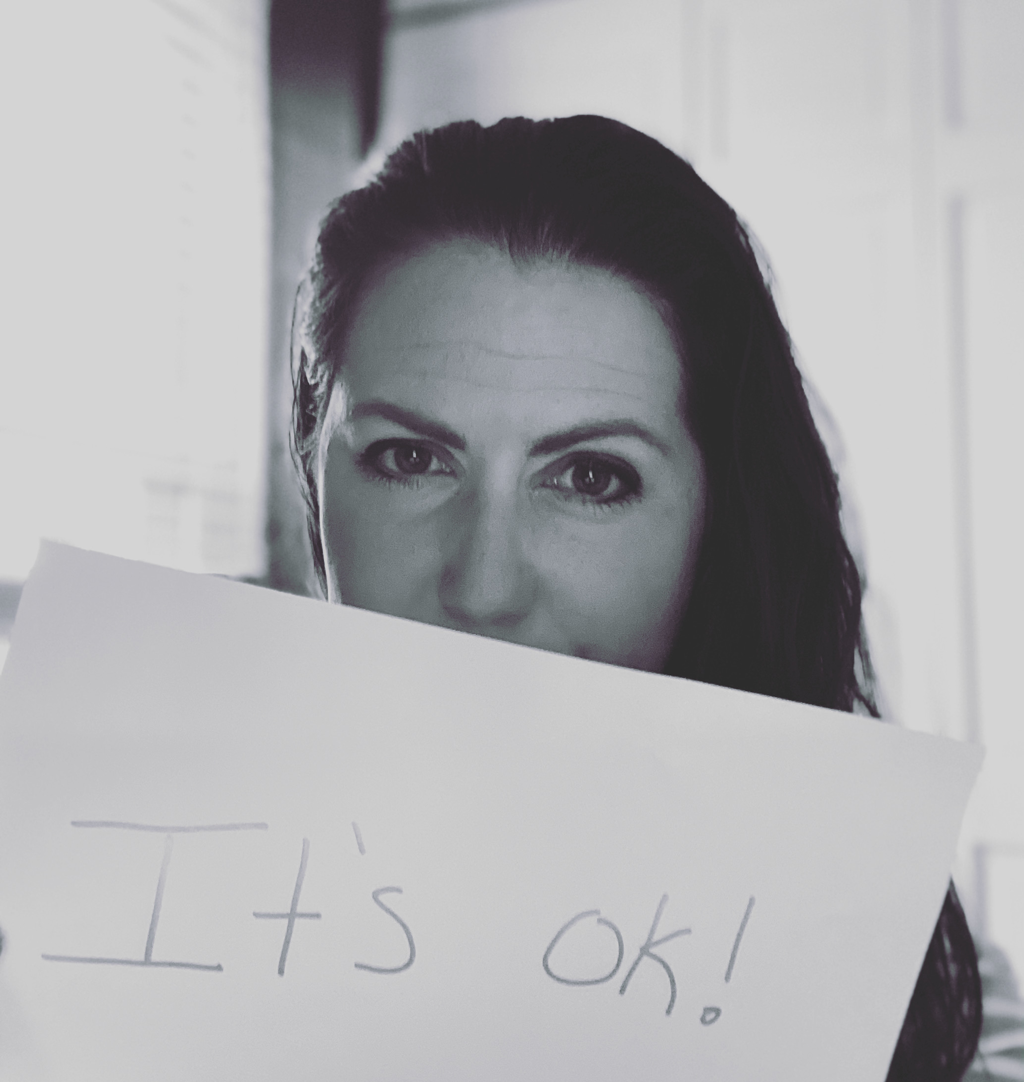
 RSS Feed
RSS Feed
